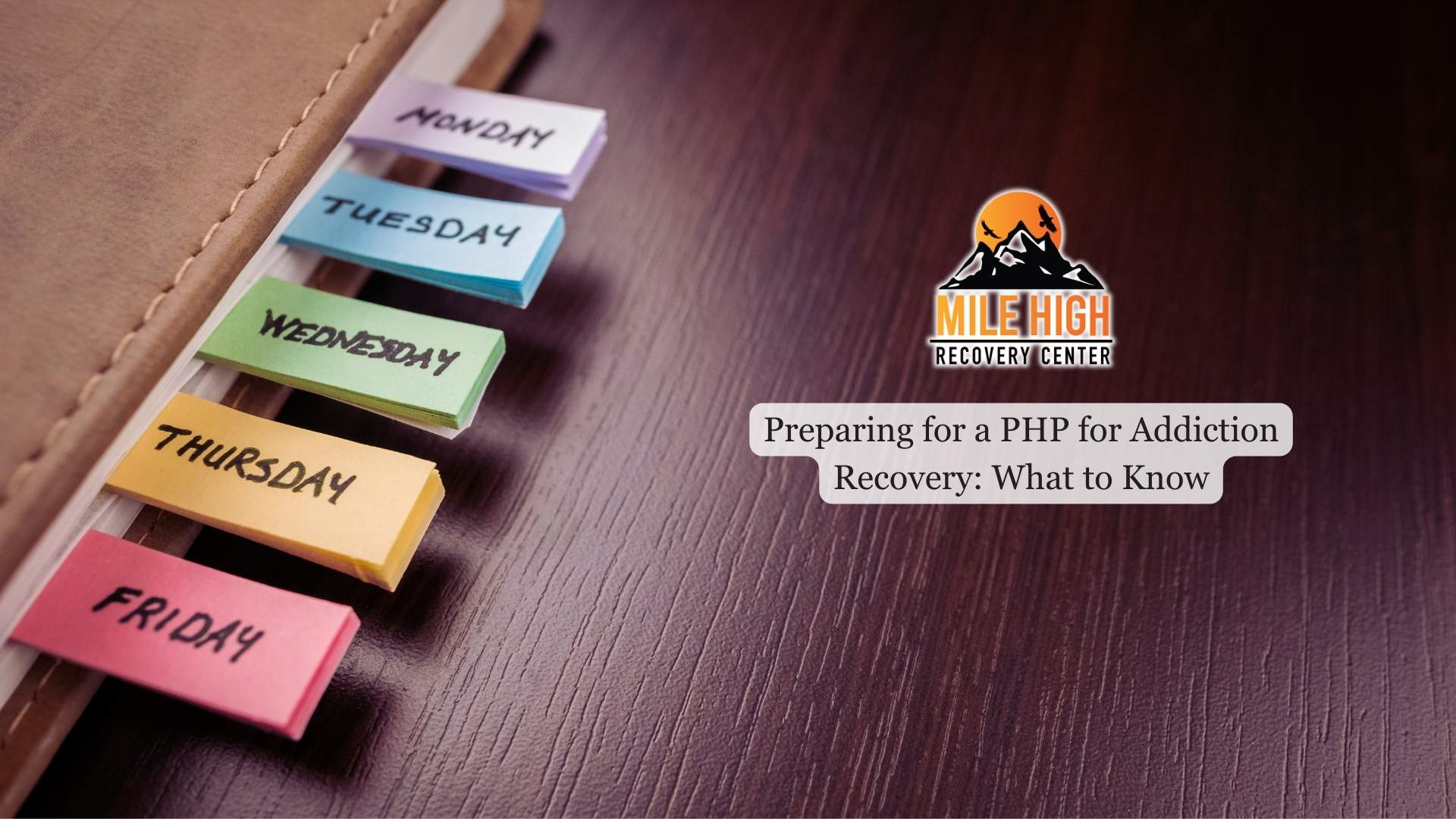Suboxone is a commonly prescribed medication in recovery settings, known for its role in reducing withdrawal discomfort and curbing cravings. Understanding its effects and mechanisms can help individuals and families make informed decisions about available treatment options.
This article outlines the science behind Suboxone, how it supports recovery, and what to expect when beginning this form of care.

What is Suboxone?
Suboxone is a combination of buprenorphine and naloxone used to treat opioid use disorder. Buprenorphine, a partial opioid agonist, attaches to receptors in the brain and partially activates them to reduce withdrawal symptoms and cravings without producing the intense euphoria or high overdose risk.
Naloxone, an opioid antagonist, acts as a safeguard, staying inactive when taken as prescribed but blocks the effects if injected, which can trigger withdrawal and deter misuse. This combination makes Suboxone a key tool in medication-assisted treatment for opioid use disorder, helping individuals stabilize and focus on long-term recovery.
Benefits of Suboxone Treatment For Addiction
- Reduces cravings and withdrawal symptoms: It helps stabilize individuals in the early stages of recovery by easing physical discomfort and minimizing urges to use substances, which in turn lowers relapse risk.
- Lowers overdose risk: As a partial agonist, buprenorphine has a ceiling effect at higher doses, which limits its depressant impact on breathing and reduces the likelihood of fatal overdose.
- Improves daily functioning: Because it does not typically cause heavy sedation, people can maintain mental clarity and continue working, studying, or caring for family while in treatment.
- Increases treatment accessibility: Often available through outpatient prescriptions, it can make treatment more convenient, reduce the need for hospitalization, and allow individuals to receive care in their own community.
- Enhances treatment retention: By reducing withdrawal discomfort and cravings, this treatment helps individuals stay engaged in their recovery program longer, which is linked to better long-term outcomes.
Starting Suboxone Treatment
Before starting treatment with Suboxone, a healthcare provider will evaluate the individual’s opioid use history, last substance use, and overall health. Treatment typically begins when a person is in mild to moderate withdrawal to avoid triggering a stronger reaction.
The provider determines the initial dose of the medication based on factors such as the severity of symptoms, the type of substance used, and how long the person has been dependent. Over time, the dose may be adjusted to keep opioid withdrawal symptoms and cravings under control.
It’s important to follow medical guidance closely and not stop taking Suboxone abruptly, as this can cause withdrawal symptoms to return.

Possible Side Effects of Suboxone
Common reactions include headache, nausea, constipation, sweating, or insomnia. More serious effects, such as breathing problems, can occur if it is combined with other sedating substances or taken in higher doses than prescribed.
Because this medication remains in the body longer than many opioids, side effects may persist for several days after a dose change. Anyone experiencing severe or concerning symptoms should contact their healthcare provider promptly to discuss adjustments or supportive care options.
The Role of Suboxone in Long-Term Recovery
Suboxone is most effective when paired with structured, evidence-based interventions. A comprehensive treatment plan may include cognitive behavioral therapy (CBT) to address harmful thought patterns, contingency management to reinforce healthy behaviors, motivational interviewing to boost readiness for change, and structured peer or support groups to provide accountability.
Other beneficial elements can include regular medical check-ins, relapse prevention planning, and family counseling to build stronger home support. Some individuals use this drug for a short period to stabilize during early recovery, while others remain on it for months or years. The duration should be individualized based on progress, needs, and recovery goals, with decisions made collaboratively between the patient and their healthcare team.
Final Thoughts from Mile High Recovery
Suboxone works by balancing the brain’s response to opioids, reducing cravings and withdrawal while lowering the risk of misuse. As part of a well-structured treatment plan, it can be a powerful tool for stabilizing recovery and improving quality of life.
At Mile High Recovery, our team understands the complexity of treating opioid use disorder. We provide personalized MAT programs in Denver, CO that include Suboxone alongside counseling and holistic care. By addressing both the physical and psychological aspects of addiction through supportive therapies, we help clients build a solid foundation for long-term recovery.







